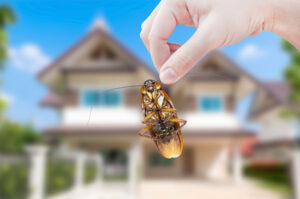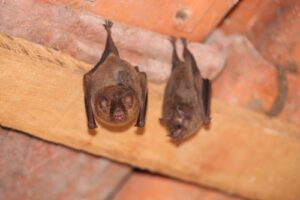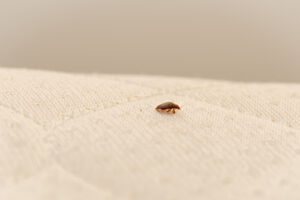Mosquitoes are small insects that have the ability to draw blood from humans and animals. They are only able to build large swarms under certain conditions, so it is important to understand what these conditions are if you live in one of these areas. Tropical areas and swamps are the most common regions where mosquitoes will build their nests. They will appear in places where the weather is humid and the water supply is stable. Although these pests are extremely adaptable, they tend to avoid areas that area extremely cold. They are able to survive in many different types of climates, but they prefer regions that have a high level of humidity and heat.
Mosquito Species
Certain species of mosquitoes are known for their odd preference of laying eggs around pools of polluted water. One example is the Culex pipiens, which is also called the northern house mosquito. This is one of the most common species that thrives in areas where large bodies of permanent water are located. This type of mosquito may also be attracted to pools of water in residential areas, and this includes containers that have excess rainwater trapped inside of them.
Another common species is the floodwater mosquito. These pests will lay large numbers of eggs within soil that has become moist from flooding. They can lay up to a million of these egg sacs for each acre of moist land. These mosquitoes will hatch as soon as the weather becomes warm enough to dry the ground. In addition, this species will also appear around drains and ditches, which fill up after heavy storms or flooding.
Dangers of Mosquito Infestation
Pest control customers who live in these areas should be aware that some species of mosquitoes are capable of carrying and transmitting diseases to humans. Customers should be able to recognize the specific conditions that enable these pests to build their nests and infest the area. The first condition they require is stagnant water. The presence of non-moving water is important for mosquitoes who must lay a large number of eggs. This can include wetlands, swamps and even parks where small ponds or lakes are located. Mosquitoes use the available supply of water to drop their eggs, which will hatch once the weather gets warm.
Agencies like the Center for Disease Control, or CDC, keep records on the different areas where mosquitoes are likely to appear. The available maps help people to recognize the potential danger of an infestation. They are available to the general public to assist individuals and organization who wish to locate the regions of high and low risk. However, there is no information about the types of diseases or the prevalence of infections through this resource. In addition, this information does not include data about the quantity of mosquitoes in a particular area.












